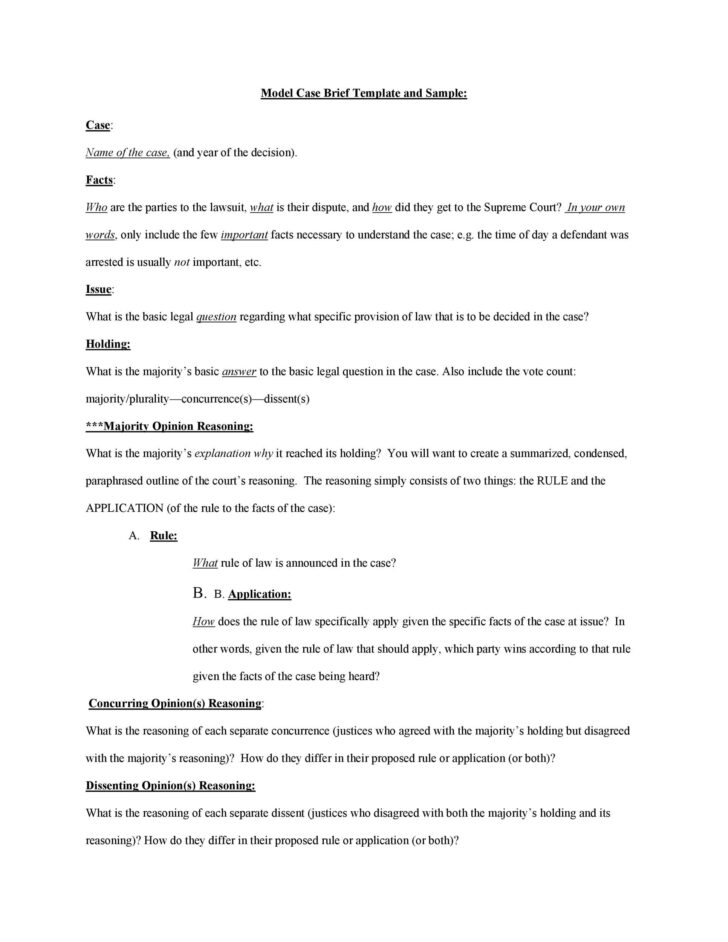Crafting case briefs is an essential skill for any law student or legal professional. It requires the ability to analyze complex legal cases, extract key information, and present it in a clear and concise manner. To master the art of crafting case briefs, you must develop strong analytical skills and attention to detail. Pay close attention to the facts of the case, the legal issues at hand, and the court’s reasoning behind its decision. By honing these skills, you can become a proficient case briefer and excel in your legal studies or career.
Mastering the Art of Crafting Case Briefs
When crafting a case brief, it’s important to remember that brevity is key. A well-written case brief should be concise and to the point, highlighting only the most relevant information. Avoid getting bogged down in unnecessary details or lengthy explanations. Focus on summarizing the facts of the case, the legal issues, the court’s decision, and the reasoning behind it. By keeping your briefs clear and succinct, you can effectively communicate the essential elements of the case to your audience.
Your Roadmap to Success: A Template to Follow
To help you succeed in crafting case briefs, here is a simple template to follow:
1. Case Title and Citation: Begin your case brief with the title of the case, the citation (i.e., where the case can be found in legal sources), and the court that heard the case.
2. Facts: Summarize the relevant facts of the case, including the parties involved, the events that led to the legal dispute, and any other pertinent details.
3. Issue: Identify the legal issue or question that the court was asked to address in the case.
4. Holding: Explain the court’s decision on the issue, including the ruling and the legal reasoning behind it.
5. Rationale: Discuss the court’s rationale for its decision, including any statutes, precedents, or legal principles that influenced the outcome.
By following this template, you can create well-structured and informative case briefs that effectively convey the key elements of the case to your audience.
In conclusion, crafting case briefs is a valuable skill that can help you succeed in your legal studies or career. By mastering the art of case briefing and following a clear template, you can create concise and informative briefs that effectively communicate the essential elements of legal cases. So, grab your pens and legal pads, and start crafting your way to success with confidence!
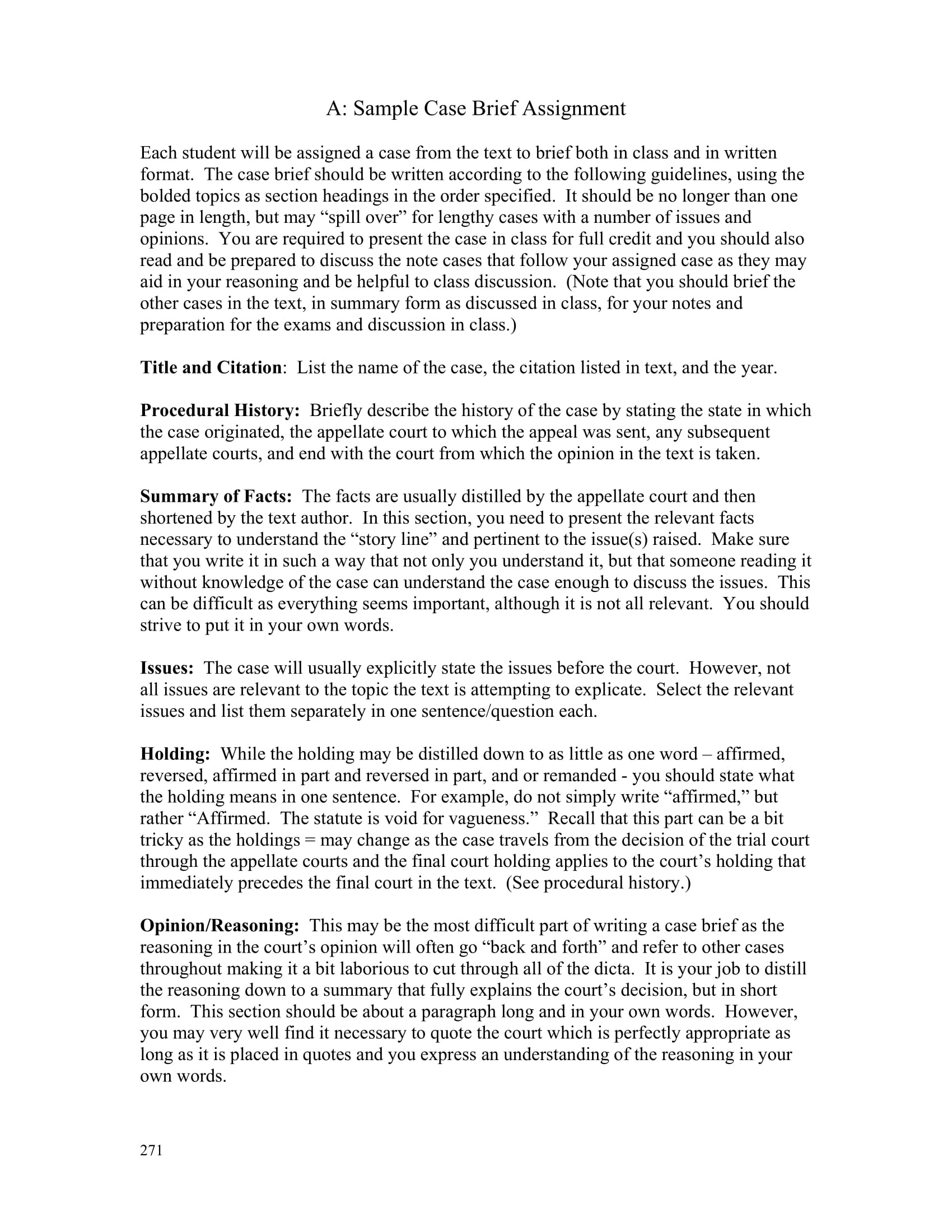
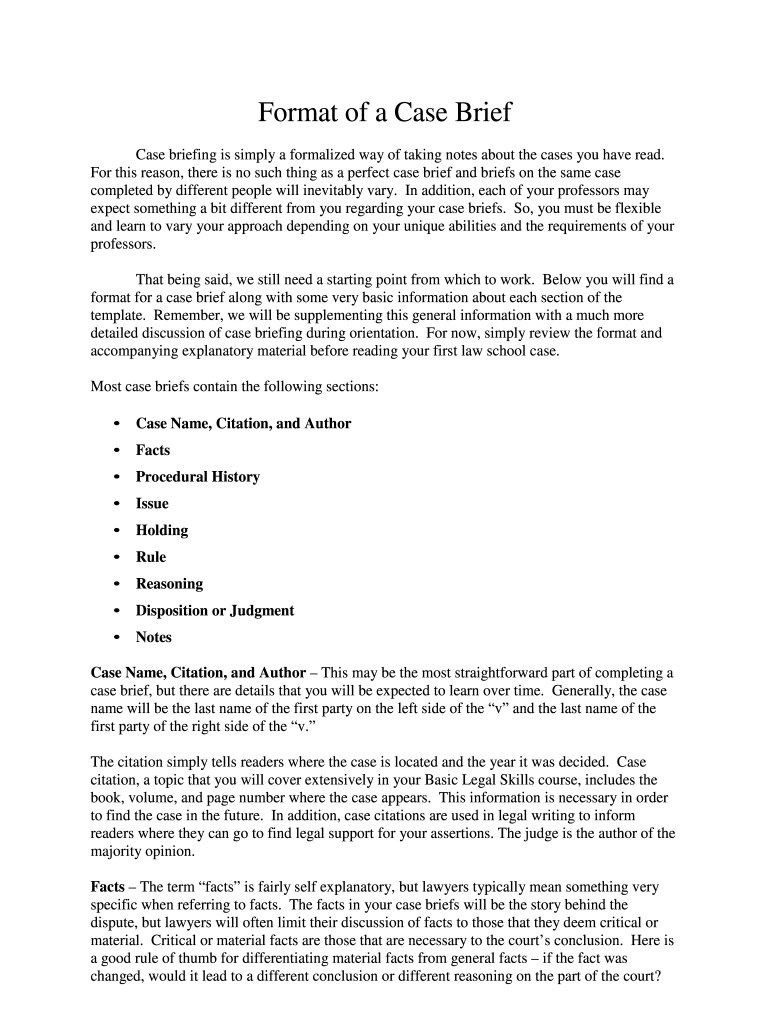
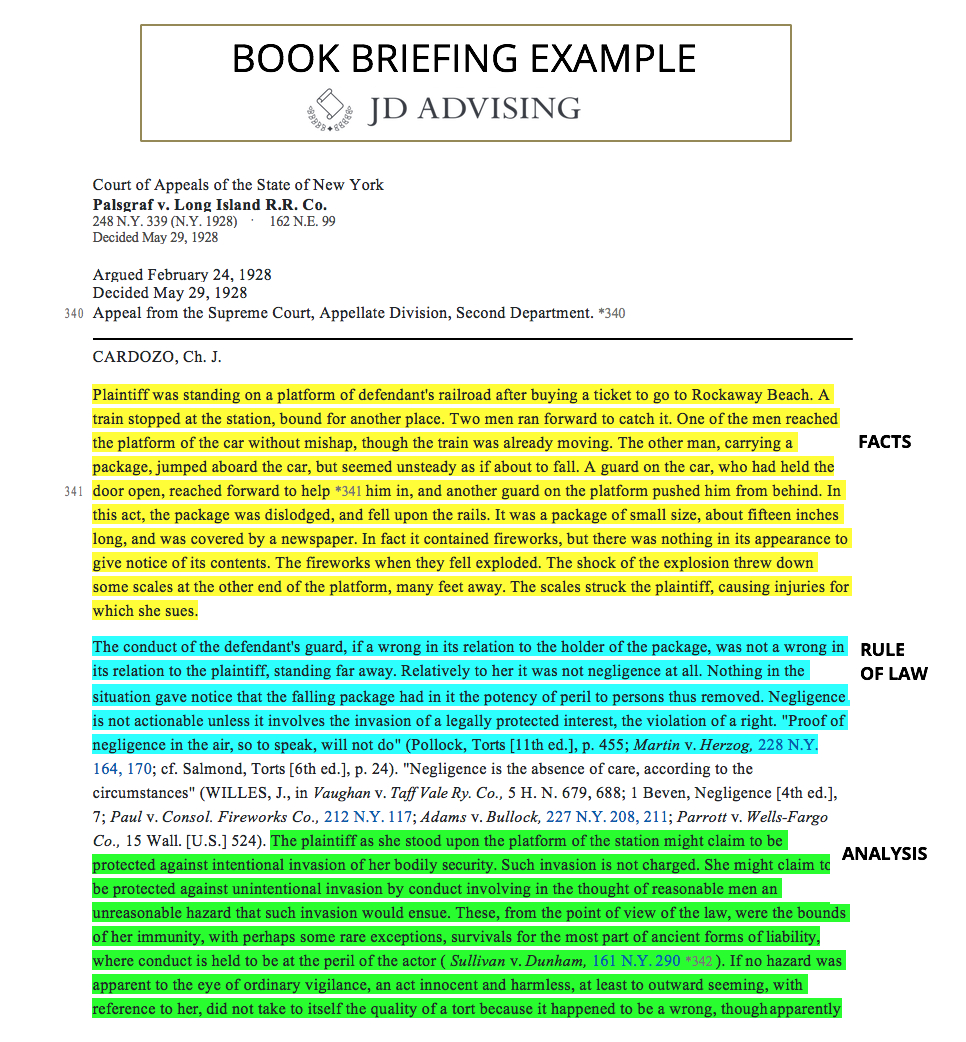
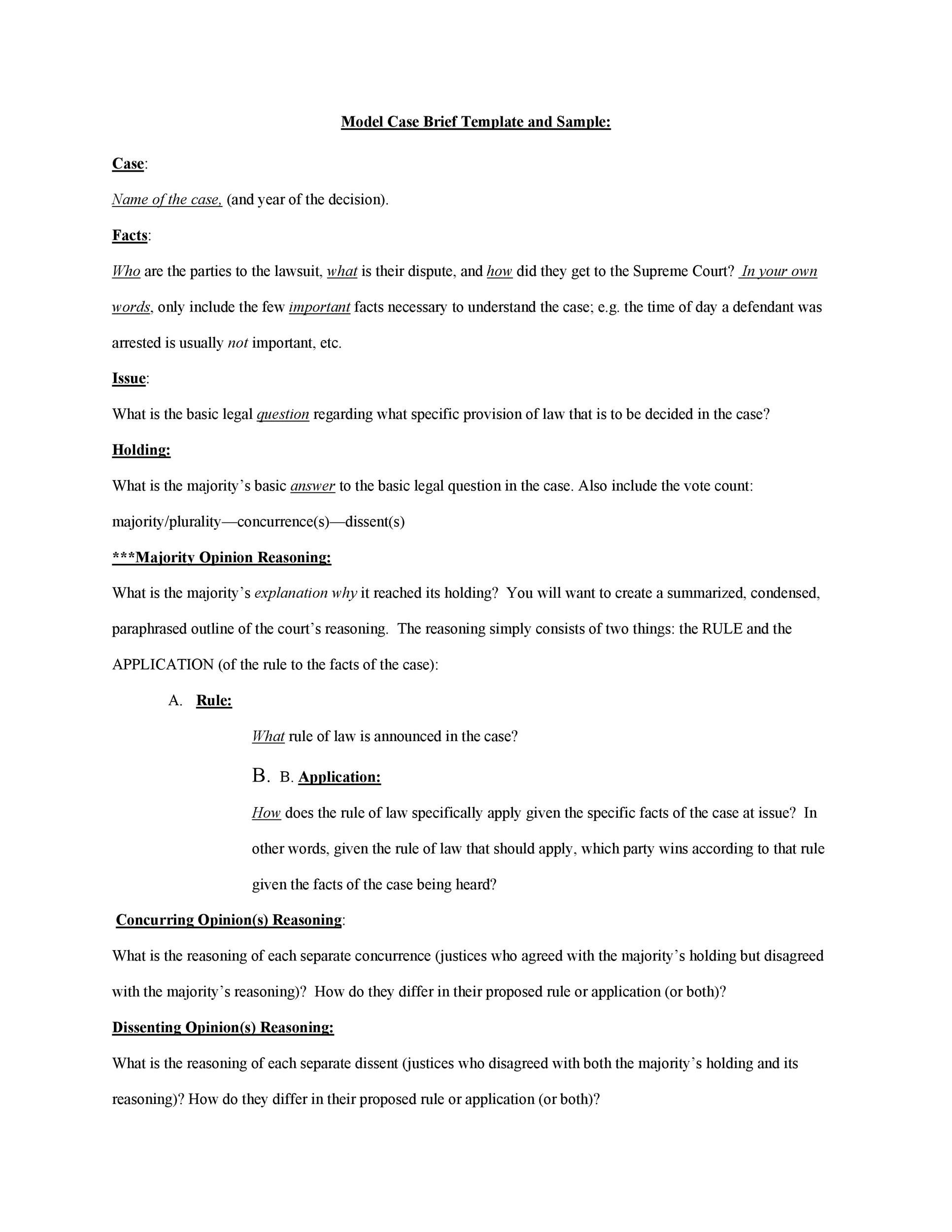
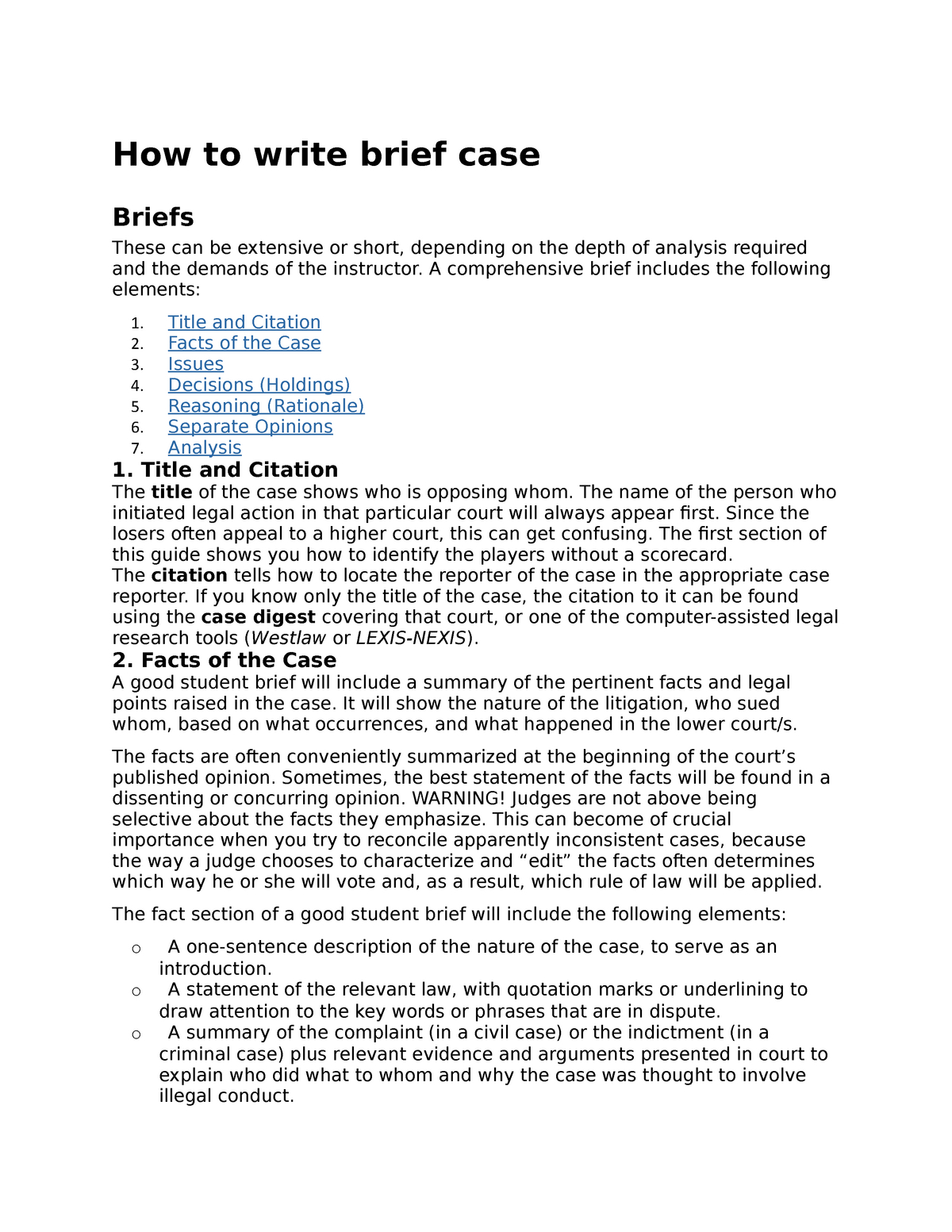
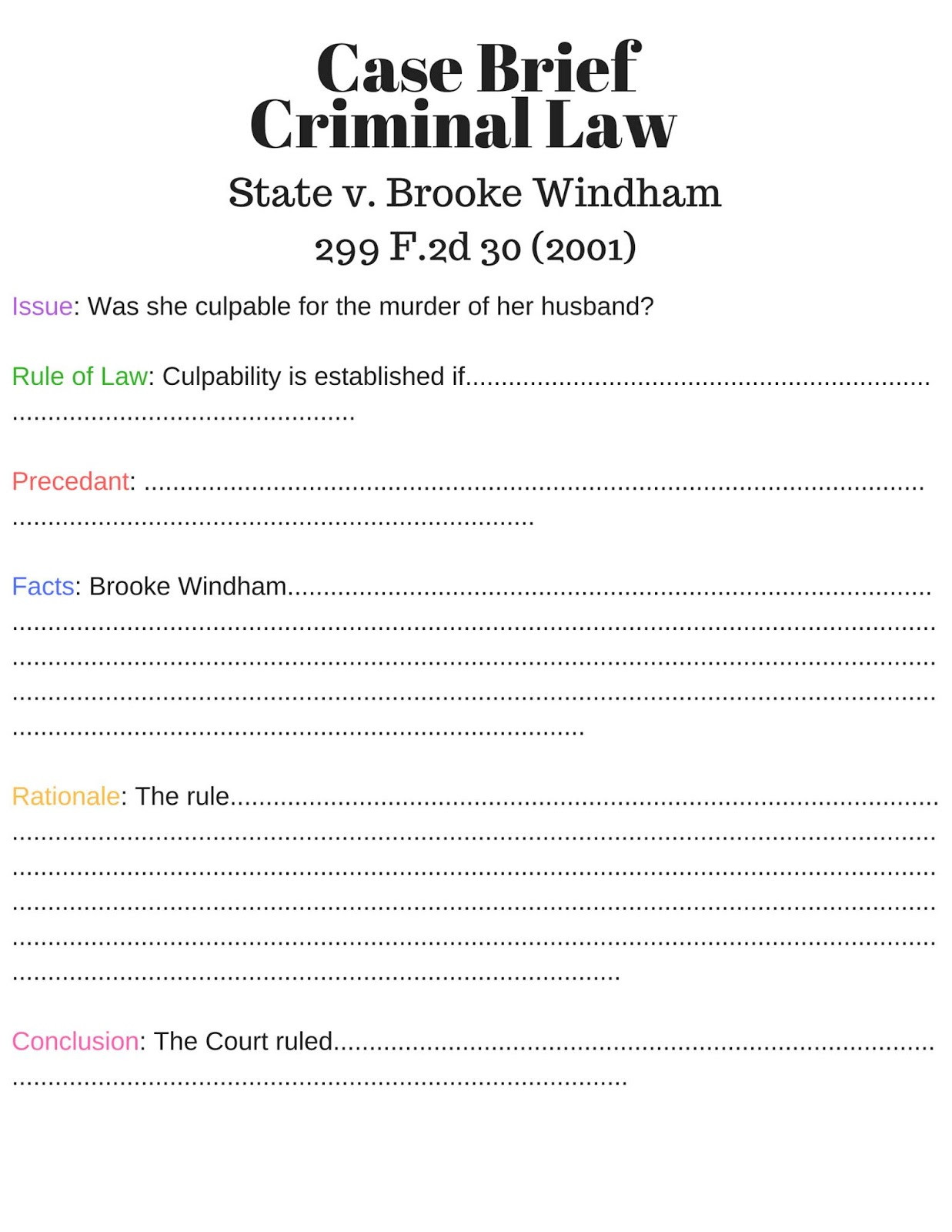
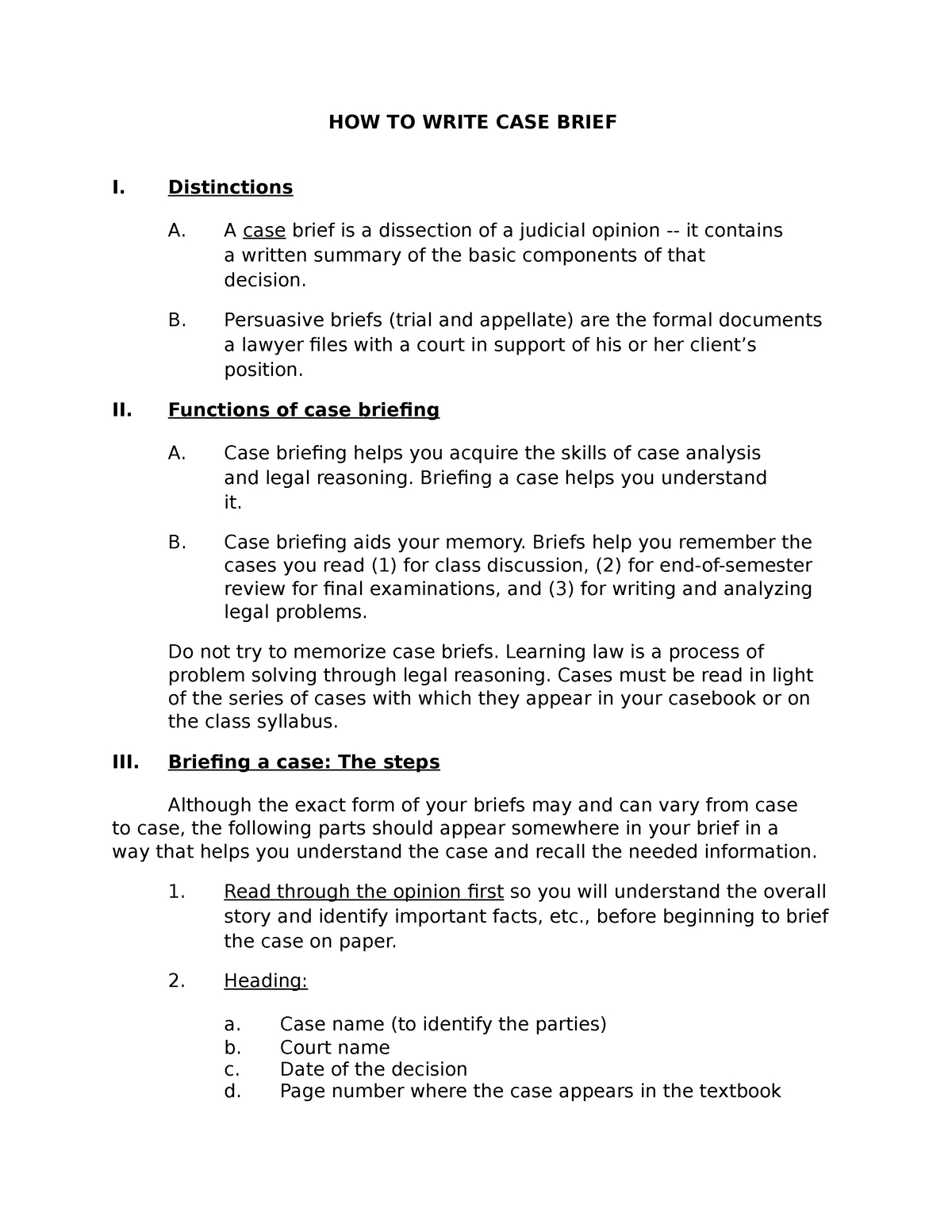
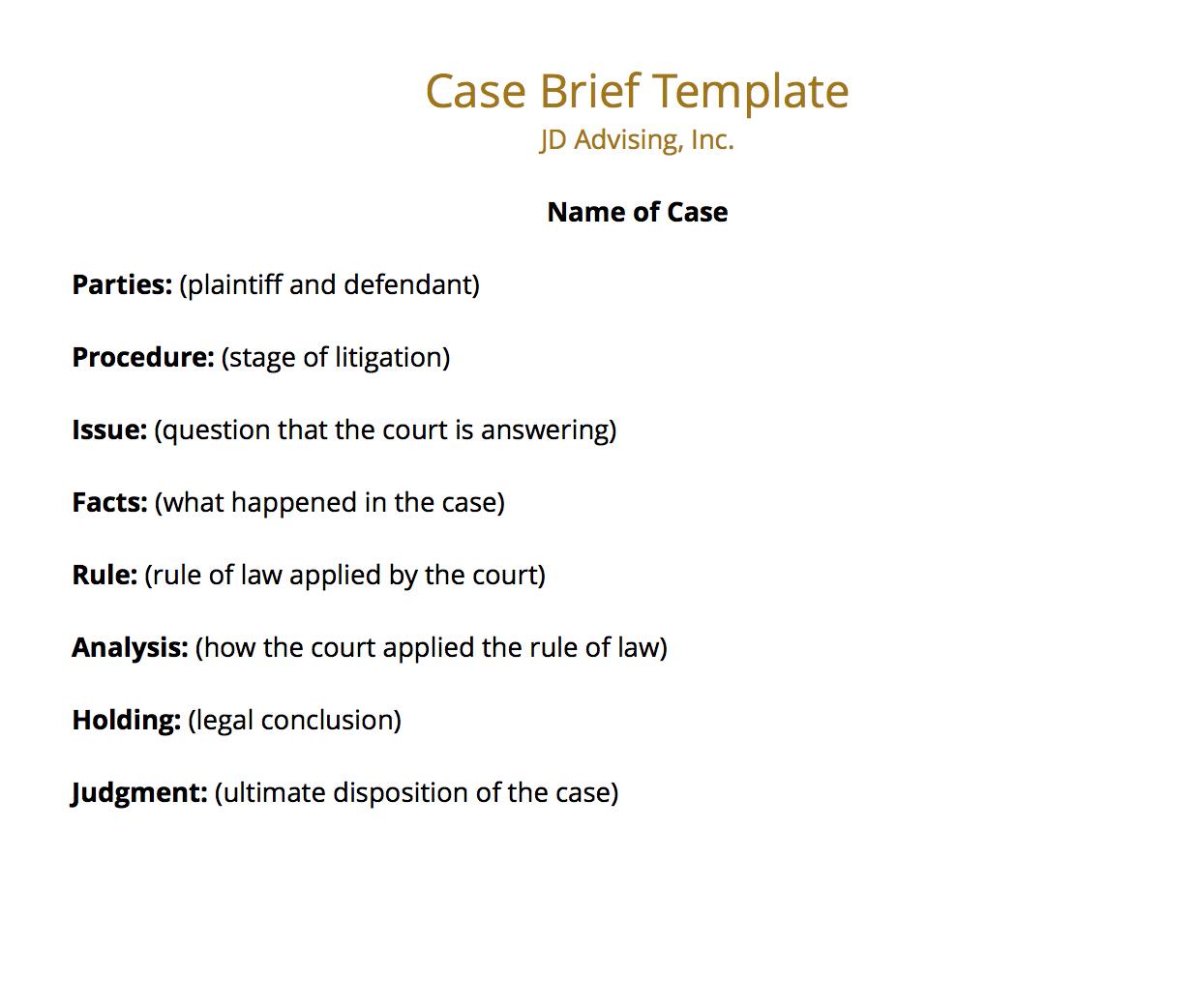
More Template Samples…
Disclaimer: All images on this website are the property of their respective owners. If you are the owner of an image and do not wish for it to be published on this website, please contact us. Upon receipt of your request, we will promptly remove the image in question.
